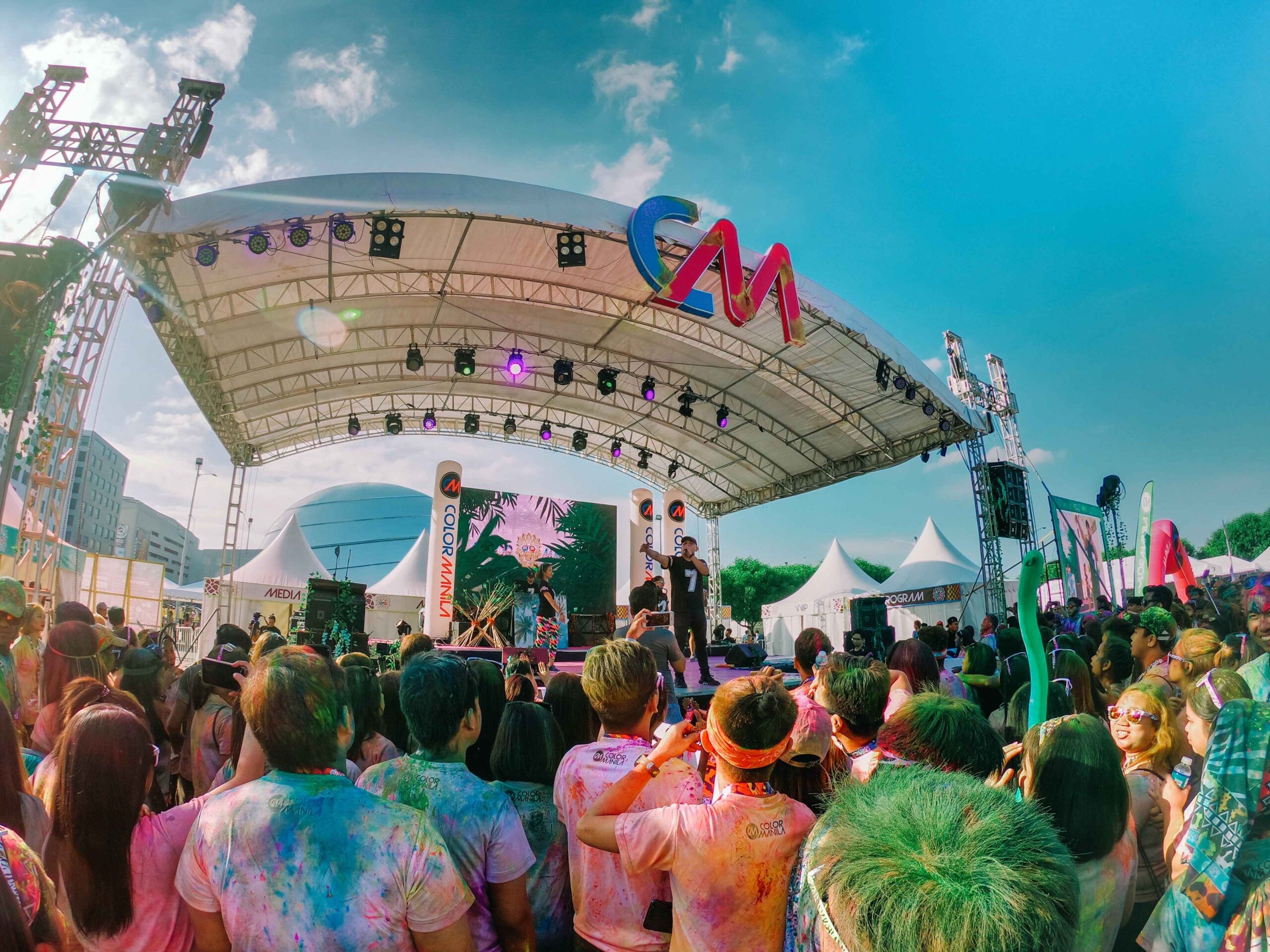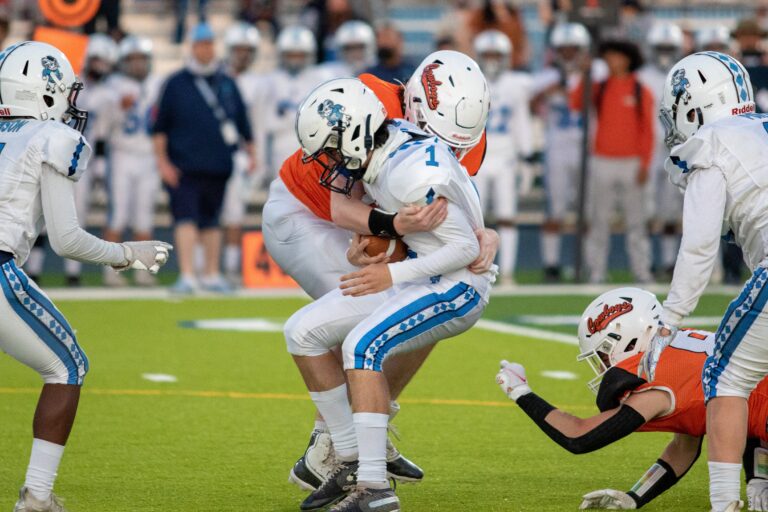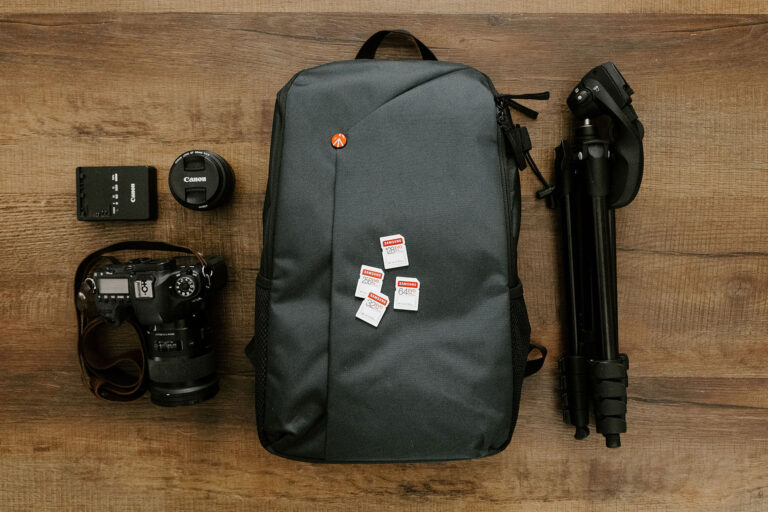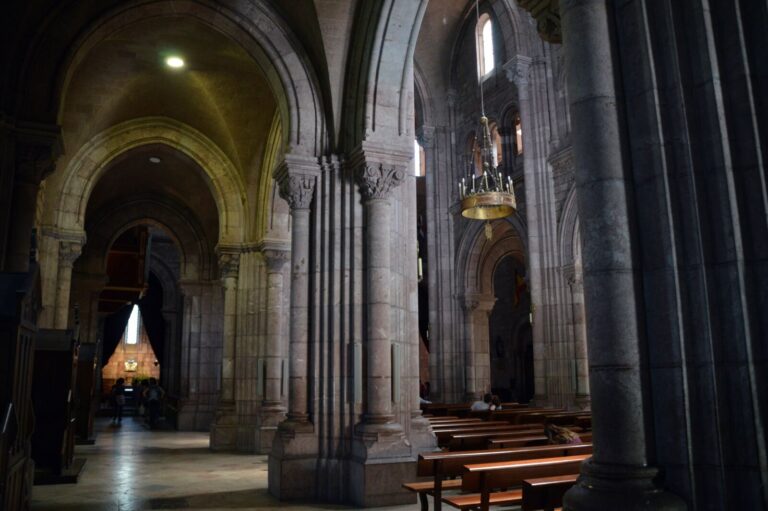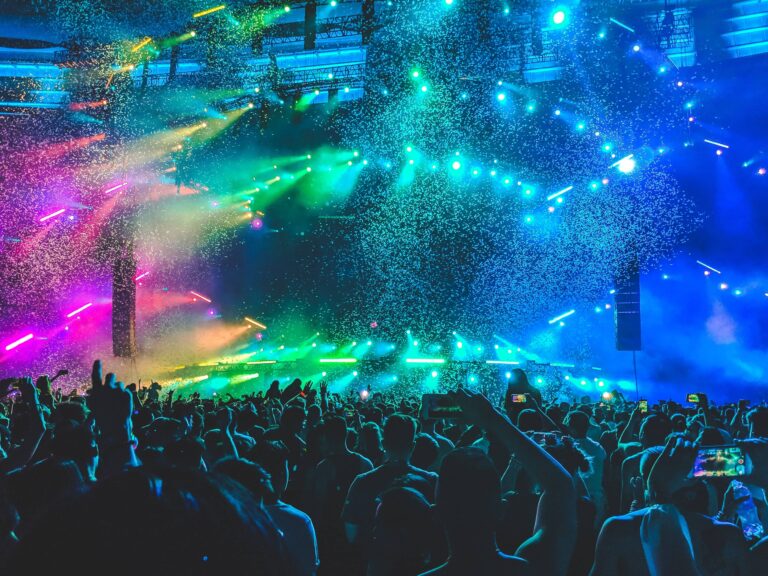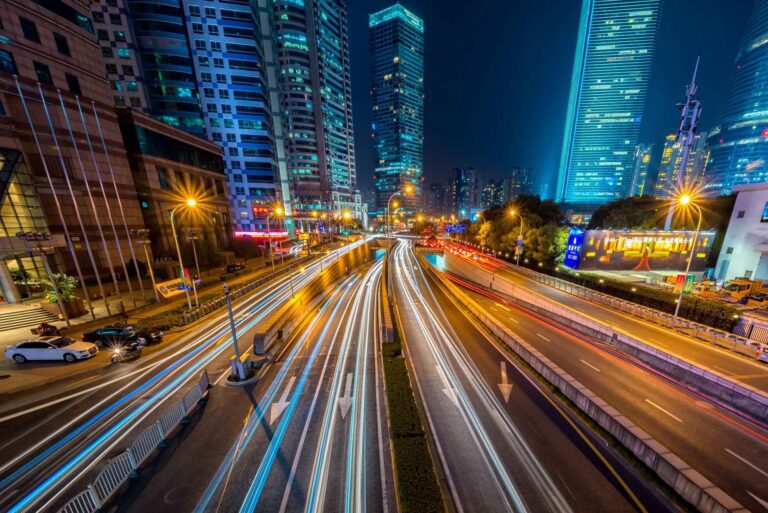Best Cameras for Concert Photography For Amazing Shots
Nowadays, concerts are more popular than ever before, providing immense joy and entertainment. A return to live music events has sparked excitement and energy at these gatherings. What makes it exciting? Concert photography. It’s not just about casual snaps from the crowd; it’s about roaming around and capturing unique moments backstage and throughout the venue. It’s about immortalizing live performances’ vibrancy and dynamism.
Concert photography is a lot more fun than you might think and if you are searching for the best camera for concert photography, you are at the right spot as we are going to walk you through some of the finest options that we can think should be in your arsenal as the experience these best concert cameras provide is unrivaled.
Best Cameras for Concert Photography
The best camera that I would suggest is the Sony A7RIV. It was an easy pick, to be honest. Granted, this is still one of the most expensive cameras on the market but the fact that you are getting a massive sensor in a full-frame factor is great and the results you are going to get will be phenomenal. If you do want to be good at concert photography, a good, mirrorless camera for some stunning image quality is the way to go.
I have been a fan of Sony cameras for as long as I can remember. The first Sony camera that I had the pleasure to use was the Sony A6600 and honestly, ever since that, I realized that the camera is excellent in almost every aspect and you are not really going to run into any issues whenever you are looking into the camera. If you want something that delivers excellent performance, this is the way to go.
With that said, you are looking at the Sony A7RIV which is also the best camera for product photography, a digital camera that I have featured before, as well. You are getting access to a massive 60.2-megapixel full-frame sensor with 10 frames per second RAW capture, making the whole shooting experience all the more fun.
Not just that, the real-time tracking autofocus on this camera is perhaps one of the most impressive things about this camera because it works really well, and well, you will not be let down whenever you are looking at this camera. The results are going to be amazing throughout and through.
Moving further, you are getting access to 5-axis image stabilization, which remains one of the best things about this camera. Whether you are shooting in low light or you are shooting video, having this feature is going to help you the most.
With so many things to love about this camera, it is not to say that you are not going to run into any downsides. The camera’s phase detection is to the edge of the frame and this camera is primarily made for imaging. Something that you can tell by just looking at how many megapixels you are going to get out of this camera.
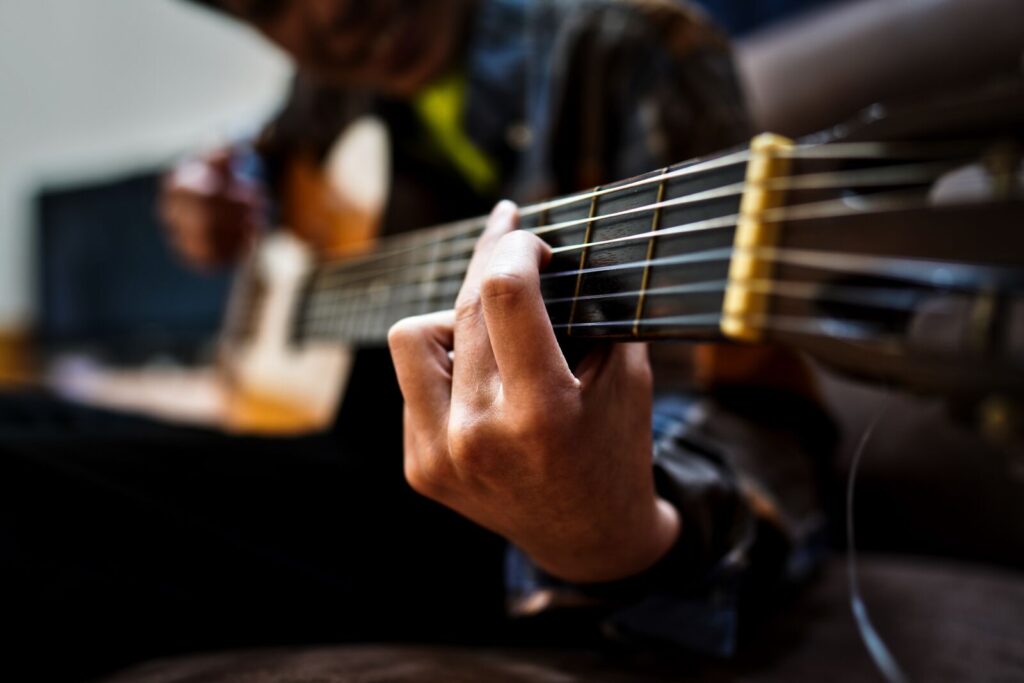
Overall, the Sony A7RIV, despite being old, is a beast of a camera and will deliver groundbreaking performance if you are looking to shoot concerts, events, or anything else, for that matter. The camera does not disappoint and as long as you are willing to learn how to utilize the camera, you are good to go. This is easily one of the best cameras for concert photography with some amazing image quality as well. Easily one of the best concert photography cameras.
Whenever you are talking about concert photography, you generally need a camera that is not just good in low light but also impressively powerful overall because, with concert photography, there are a lot of factors that are involved that will require you to improvise if there is a need.
Thankfully, the Canon EOS 5D Mark IV does just that as it is one of the best consumer-grade DSLR cameras from Canon, and even though DSLRs are slowly being phased out, the camera delivers exceptional performance and you are not going to be let down at all, this is what I can assure everyone.
With that said, the camera boasts an impressive 30-megapixel full-frame sensor that is able to give some of the crispiest shots making it a great offering for anyone who is looking for something good. You are also getting a fast 61-point autofocusing system that results in great pictures. I have recently reviewed some best lenses for Canon EOS 5d Mark IV, do check them out
Considering how concerts are mostly focused on fast shooting, the 7 frames per second continuous shooting is definitely something that you will be enjoying. Not just that, if you are shooting JPG, then there is an unlimited shooting buffer. The image quality this concert photography camera produces is also stunning.
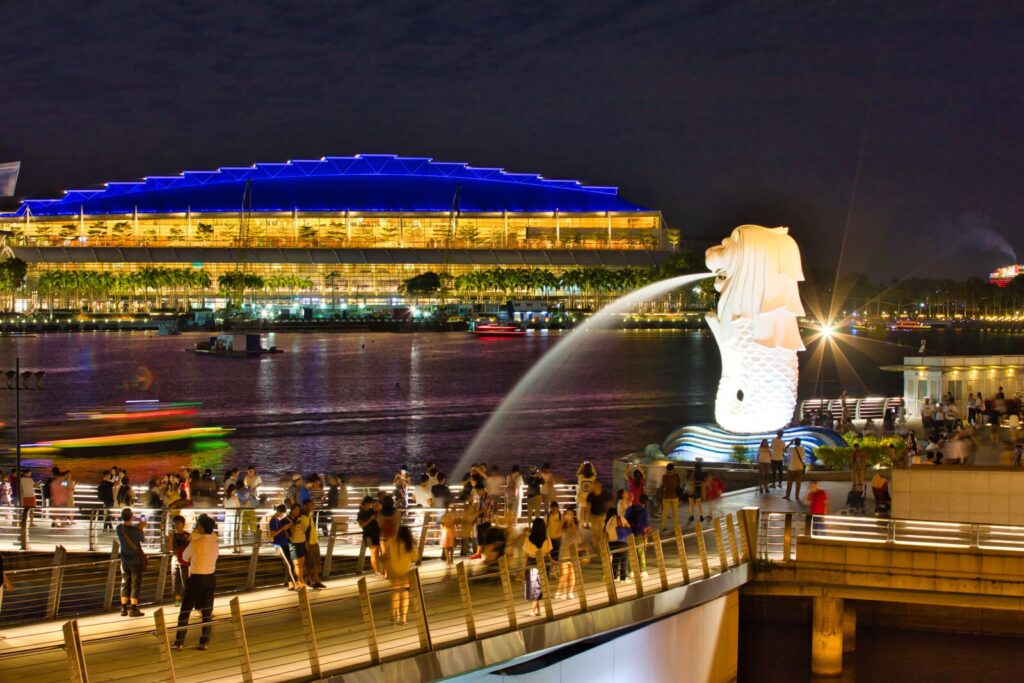
Canon has paid special attention to the overall build quality of the camera as this thing can easily stand the test of time and all the paces that you are going to put the camera through. A 3.2-inch touchscreen on the camera is always going to be helpful, and the fact that you are getting integrated GPS and Wi-Fi is always a bonus.
The best thing about this camera is the Dual Pixel AF Live View focusing system which makes using the focusing system on this camera one of the best and you cannot get enough of that.
With enough to like about this camera, there are a few downsides that I would mention here. For starters, the cropped 4K video is not something that everyone is going to like, and the Dual Pixel RAW function will slow down the camera, as well.
Overall, I would say that the Canon EOS 5D Mark IV is one of the best cameras. Whether you are doing concert photography or something else entirely, the camera is not going to let you down, I can assure you.
Fujifilm cameras have been excellent for a long, long time and they continue to be impressive through and through. If you are looking for something that is going to not cost you a lot of money but at the same time, allow you for some really nice photography, concert, or otherwise. This is the camera that you should be going for.
With that said, the Fujifilm X-T10 is an excellent camera for a number of reasons and you cannot really go wrong with this one if you are on a budget. For starters, the image quality on this camera is one of the best, which makes this camera perfect in almost every aspect.
The 7.8 fps shooting rate is definitely helpful for concert photography and you are not going to have any issues, either. For those who are going to want to shoot with the flash, you are getting access to integrated flash as well as a hot shoe for easier access.
Fujifilm has made sure that the EVF on this camera is great because it is sharp, bright, and makes everything look the way it is supposed to look. Not to forget, the overall build quality is also excellent so you are not really missing out on anything.
The good thing about this compact camera for concerts is the fact that it has some of the best controls I have seen on a camera. These things are always helpful in busier shooting situations when you have to be sure that you are getting access to everything with ease.
With so much to love about this mirrorless camera for concert photography, the 16-megapixel sensor makes very little sense. If you want to shoot at a higher ISO, you will have to be limited to JPG only, and the burst shooting duration is limited at best.
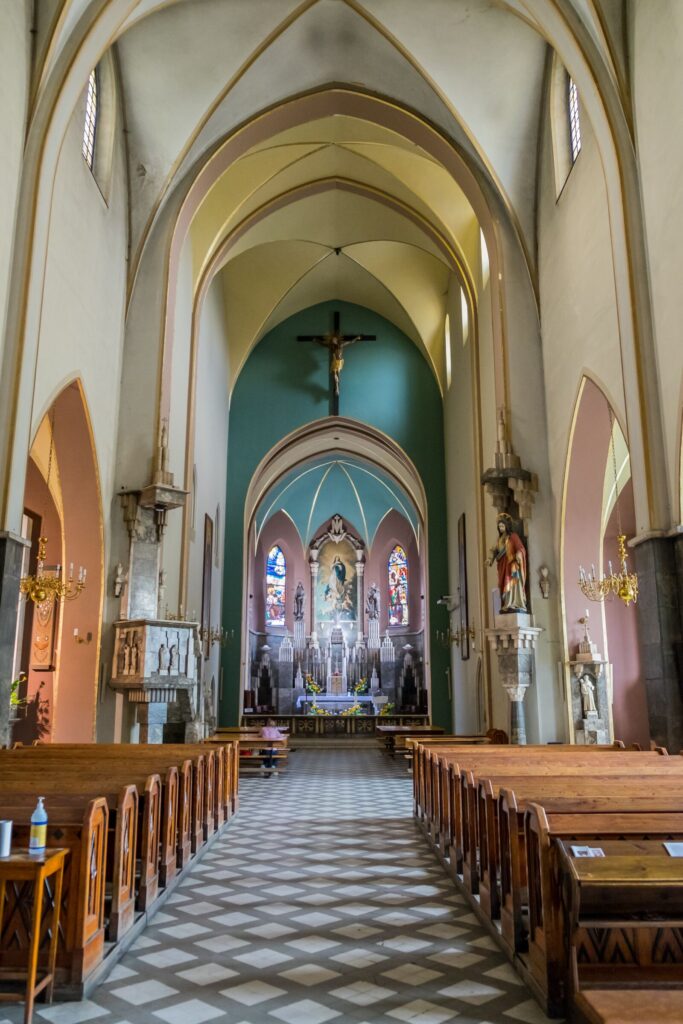
Overall, if you are looking for a good entry point into photography and you want a camera for concert photography that is not going to cost you a lot of money, the Fujifilm X-T10 is a great offering that will not let you down in any case.
If someone has ever told you that you cannot use a point and shoot for concert photography, then that statement is simply misleading because that is not true at all as that is not how things work, to begin with. If you are in search of something that is great for concert photography but also compact, a point and shoot is a great offering.
This is where the Canon PowerShot G7X Mark III comes into play as this is one of the best point and shoot cameras for concert photography or otherwise, and for all the right reasons, too. The camera has a pocket-friendly design and can easily fit inside your pocket.
The bright zoom lens is always good in case you want to zoom in, which is something that you would be looking forward to, as well. The tilting touch LCD is a great addition that allows for easier photography and hassle-free experience, too. Not to forget, the fast focus and burst rate are always good for concert photography.
The one thing that I genuinely love about this camera is the fact that it comes with a 1-inch sensor, which is always great to have and will not let you down, either.
Canon has ensured that this camera is a great value overall since you are getting 4K with microphone input and live to stream, too. Making this camera even more convenient than some of the other options.
There are a few downsides, though about this otherwise excellent camera. For starters, the 4K video is not available on all the modes. Not only that, the face detection does not work when you are using burst shooting, and the lack of an EVF can be an annoying experience.

Overall, I would say that the Canon PowerShot G7X Mark III is one of the best cameras for concert photography, and the fact that it is not going to cost you a lot of money is just an added bonus.
The Nikon D7500 is undoubtedly one of the most popular DSLR cameras that you can get your hands on. I remember the time when almost every I knew had this camera because it was affordable and at the same time, this was one of the few entry-level cameras that delivered exceptional performance, and well.
With that said, you are getting access to a 20.9-megapixel APS-C sensor which might not seem as big but will get the job done just fine. Additionally, there are also 8.1 frames per second of continuous shooting, something that everyone can enjoy as the results are going to be great.
Not to forget, you are getting 50-shot RAW, and 100-shot JPG buffer, which is impressive for a camera of this price and stature and the results are going to be great as long as you know what you are doing.
We are also looking at an impressive 51-point autofocusing system, a tilting touch LCD, and surprisingly, a weather-sealed body ensuring that the camera is not going to be compromised for anyone despite having a lower price tag.
The one thing that surprised me a lot is that you are also getting 4K video capture, which is not something that common on budget cameras but here we are.
Granted, there are a few things that could have been better. For starters, the 4K video is cropped, you are only getting one memory card slot, and the depth of field preview function is not available.
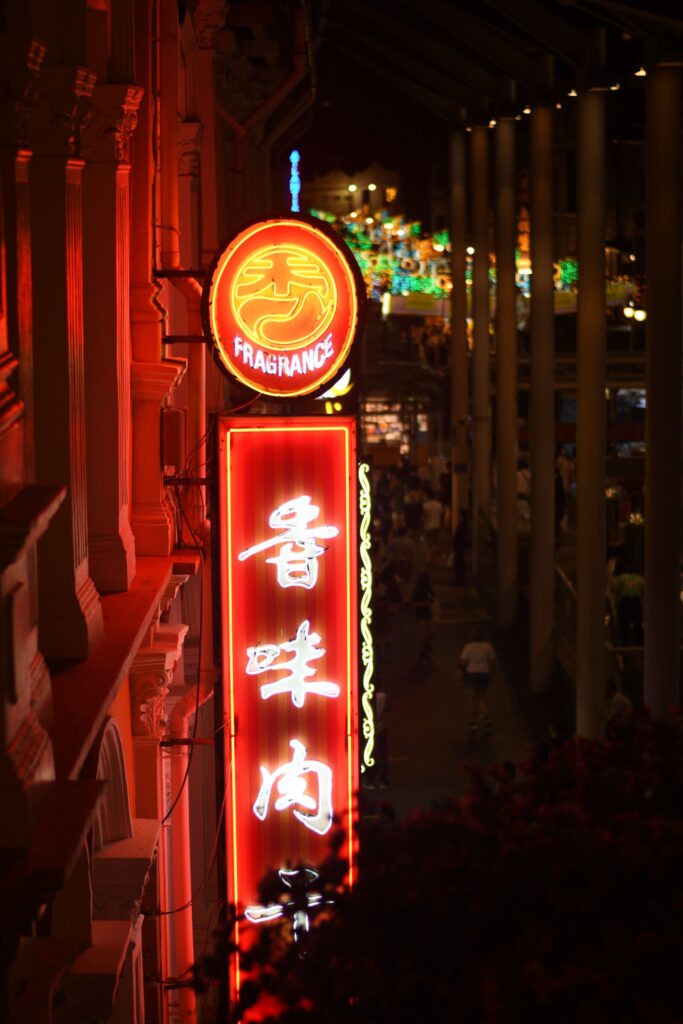
Overall, I would say that the Nikon D7500 makes up for an impressively utilitarian camera for concert photography. The camera has been popular for a long, long time, and for anyone who is just getting started, the experience is only getting better.
Before getting into the Pros and cons of this camera, why not see the best lenses for Nikon D7500? I reviewed them in my recent post.
The Canon EOS 80D was my first camera and to this day, it remains one of the best DSLRs I have used. So, when the Camera announced the EOS 90D, I was excited but also confused because I was not sure what Canon was planning on doing with this camera because making a DSLR in an age that is dominated by mirrorless cameras seemed a bit strange.
Honestly, the Canon EOS 90D more or less proved that budget DSLRs are still great and if you are looking for something good, this is a great offering that you could go for. The camera shipped with a brand new 32.5-megapixel sensor and offered a 10fps capture with ITR tracking as well.
Canon also offered a vari-angle LCD which was always one thing that I really loved about the EOS 80D, as well. Not to forget, you are also getting an extent of dust and splash protection, making this camera an excellent offering.
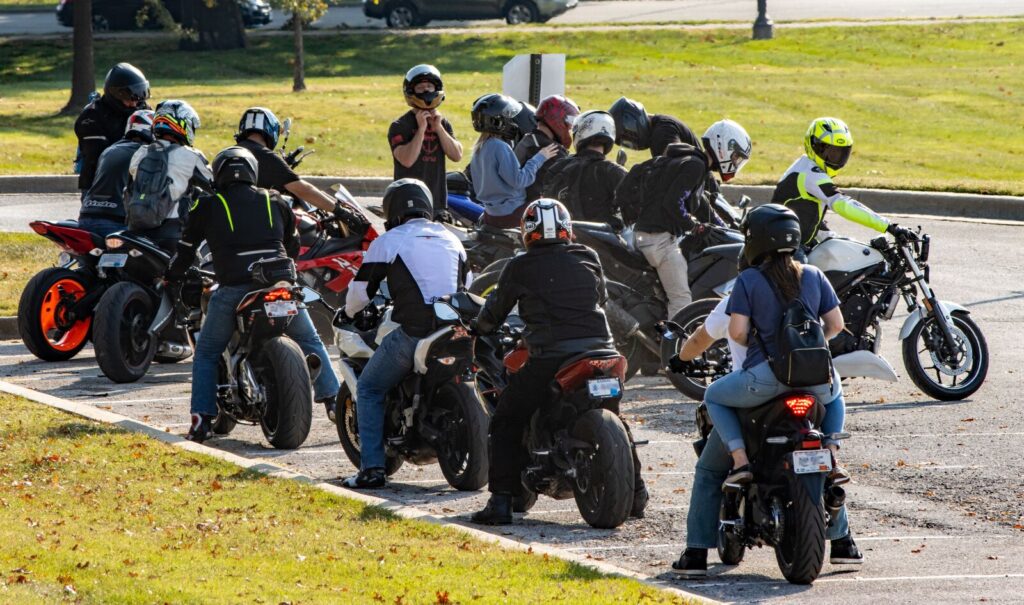
Additionally, there is also an optical viewfinder on this camera. Canon 90D concert photography is an even better option, and for those who still love these viewfinders, the camera is a treat.
Canon has really knocked it out of the park with mirrorless-quality autofocus whenever you are using the 4K video mode, which is not something that you get to see very often. This feature makes it one of the best cameras for concert video and we cannot ignore that.
I do have a few issues with the camera, however. For starters, the rear dial is cramped, and you are not getting any sync socket, as well. The camera also brings just a single memory card slot which might not be ideal for a lot of people. Overall, I would easily say that the Canon EOS 90D is more than satisfactory in more ways than one can count and delivers good performance for the price you are paying.
The original EOS 6D by Canon is considered to be one of the most legendary cameras that ever graced the camera world. So, when Canon introduced the 6D Mark II, we were all excited, and for obvious reasons. You can always get a better experience and we do welcome that as well. So, it was only natural that we were looking forward to testing the camera out.
The EOS 6D Mark II does bring some nice improvements over the predecessor, to be honest. For instance, the full-frame 26-megapixel sensor is a step up and you are getting some really nice results out of it, too.
The camera also brings a 45-point autofocusing system and that works really well, and that too, without any issues. The camera also brings 6.5 fps continuous shooting and while that is not the fastest, it still is a nice inclusion.
You are also getting the amazing Dual Pixel autofocus in Live View, which is always something that I loved about Canon’s cameras.
While I do love this camera, there are a few things about it that I cannot wrap my head around. For starters, the image noise is higher than you would normally expect. Despite being a full-frame camera, the dynamic range is not as good, and the autofocus coverage is average, too.

Overall, if you are looking for an entry-level full-frame DSLR that does not cost a lot of money, then the Canon EOS 6D Mark II makes up for an excellent camera. You will surely need to put the best Canon lens for concert photography on your camera, but once that’s out of the way, your experience will be wonderful throughout.
Frequently Asked Questions
Conclusion
Concert photography can be tricky and overwhelming for a lot of people who are still new to it, but trust me if you are doing it professionally, it can not only be a lot of fun but can also open a lot of doors for you. This just goes to show that if you are indeed looking to get things started, a good camera is going to take you a long way.
This roundup caters to the best cameras that you can find and all of these are going to present you with some of the best results, as well. It does not matter how much you are looking to spend on a camera, as we have covered almost all the price brackets so you can have an easier time exploring.
If you are looking to ensure that your concert photography is done the right way, then getting one of these concert photograph cameras will make the world of difference all thanks to their extended ISO range, a wide array of camera lens support, good low light performance, and exceptional video quality.

